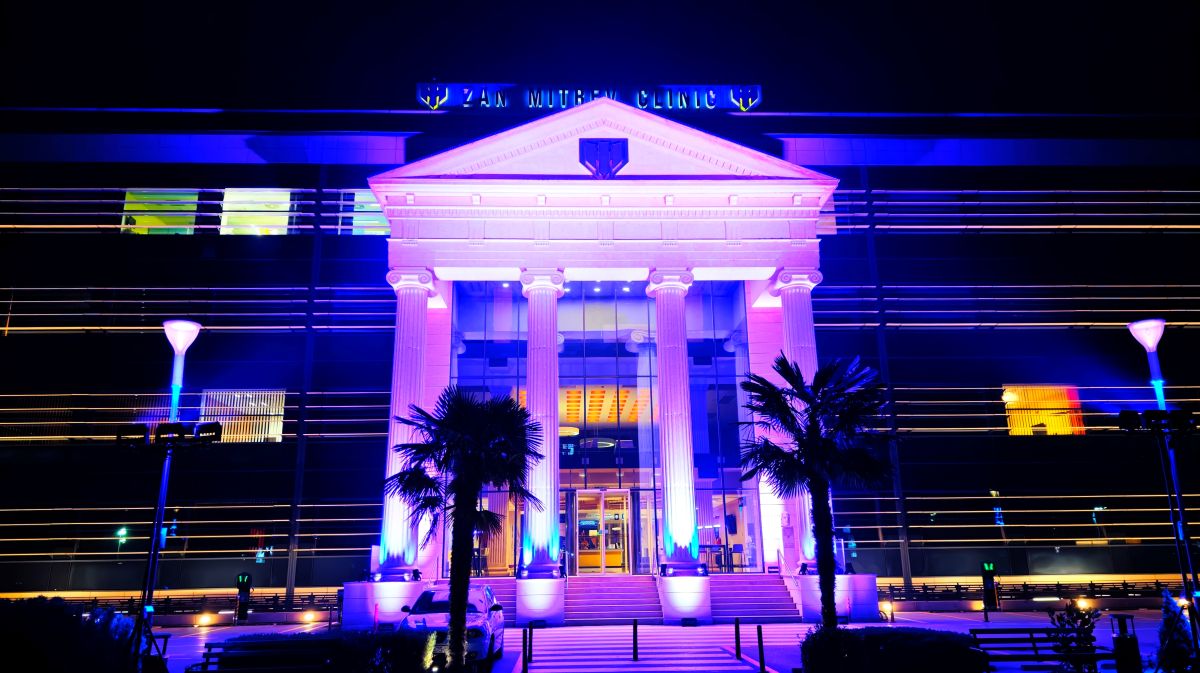 00389 2 3091 484
00389 2 3091 484
Educational visit to Istanbul Medipol Hospital
March 7, 2022
Upgrading experiences and knowledge
Last month, the urological team from the Zan Mitrev clinical hospital consisting of Dr. Goran Jovic, and the doctor on specialization, Dr. Viktor Grujevski, with the nurse Aleksandra Ristovska – Tunev, paid an educational visit to the Medipol Hospital in Istanbul. The purpose of the visit was to participate in the performance of several lithotripsy – surgeries for breaking kidney stone, using the Jeta laser device. During the surgeries, which our team attended, crashing of kidney stone, as well as a stone in the urethra, were performed, during which specific experiences and guidelines on the methodology to perform these procedures were shared. At the same time, techniques were developed and applied for removal of the bladder and prostate tumors.
After this educational procedure, our team is ready to perform these surgeries with the Jeta laser device, that we have in our hospital.
Have you ever heard about a lithotripsy?
Sounds complicated and strange to you? It is actually a procedure for breaking stones (calculi) in the urogenital areas using a laser device.
The problem of calcium deposits existence, which create stone formations of different sizes, is frequent one, and can be very disturbing and painful. Most often, except with severe pain in the lower abdomen, it can be manifested by the presence of blood and even small pieces in the urine. These stones can also cause infections that can lead to various urinary tract problems.
The presence of stones is diagnosed by echo of the urethra, the bladder or the kidneys, after which the doctor will recommend the following steps to resolve this problem. At the Zan Mitrev clinical hospital, we use a laser to break stones in the urogenital tract, which is effective for the treatment of all different types and chemical compositions of stones and is an optimal solution, even for those stones that are particularly difficult to access. The procedure is performed in the hospital by a properly trained urologist.
This approach is a great alternative to the traditional lithotripsy because it involves a lower risk of complications and a higher degree of efficiency and safety, regardless of the type of stones that are be treated. Compared to the other surgical procedures, it has the undeniable advantage of minimizing the bleeding and the stone movement (retropulsion) during the surgery.
There are many benefits for patients, and some of them are:
- Minimum invasive method
- The symptoms resolve immediately
- Very short recovery time and return to the everyday activities
- Minimum side effects







